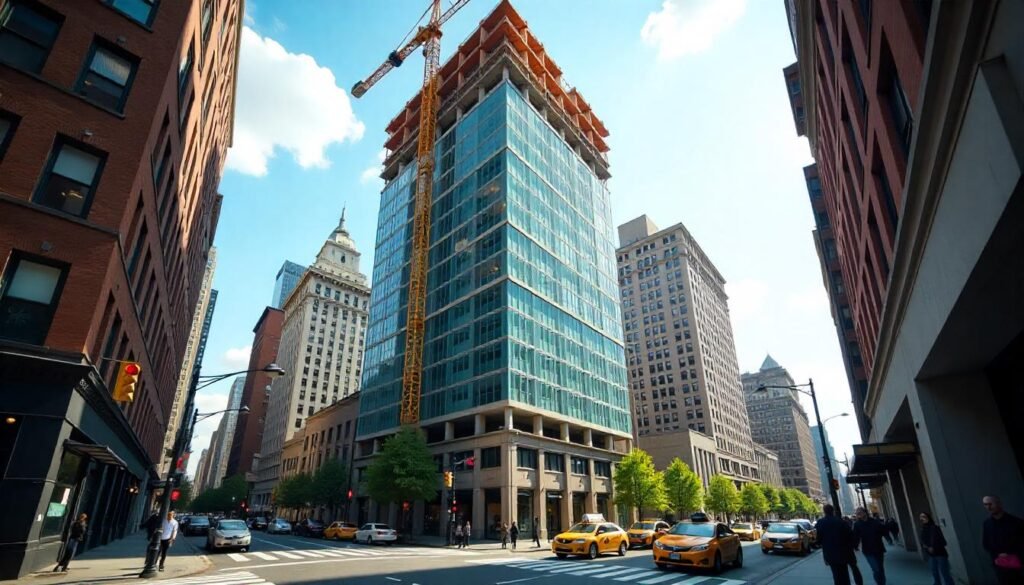
Investing in real estate has always been closely linked with location, but in recent years, the role of infrastructure projects in determining property value has become undeniable. From new highways to metro lines, airports, and utility upgrades, infrastructure developments can dramatically transform neighborhoods, attract investors, and increase property prices.
Understanding the connection between infrastructure projects and property value can empower both homebuyers and investors to make informed decisions. This article explores the mechanisms, benefits, risks, and strategies surrounding this dynamic relationship.
Infrastructure projects refer to large-scale developments that improve the physical and organizational systems of a region. These include:
These projects are often funded and executed by governments, private investors, or public-private partnerships. Their goal is to enhance accessibility, convenience, and overall quality of life in an area.
The connection between infrastructure and property values is multifaceted. Here are the primary ways infrastructure boosts real estate worth:
Properties near highways, metro stations, or airports become more accessible. Reduced commute times make these locations attractive for both residents and businesses.
Infrastructure projects such as parks, shopping complexes, or hospitals increase the desirability of a neighborhood. People are willing to pay more for homes in areas offering a higher quality of life.

Infrastructure projects stimulate local economies. Construction activities and subsequent business growth lead to job opportunities, attracting more residents and boosting demand for housing.
Investors are often drawn to areas with planned infrastructure projects as they signal long-term development and stability. Properties in such zones tend to appreciate faster than those in less developed areas.
While the specifics vary by city, several trends consistently show the positive correlation between infrastructure projects and property value:
These examples highlight that infrastructure is more than just public convenience—it’s a critical driver of property value.
Not all infrastructure projects affect property values equally. Several factors influence how much a property benefits:
While infrastructure projects generally have positive outcomes, investors must be aware of risks:
Investors should conduct thorough due diligence and monitor project timelines before making investment decisions.
Savvy investors can capitalize on infrastructure-driven property appreciation with the following strategies:
Buying property before an infrastructure project is completed often results in higher appreciation as demand grows.
Properties near transit stations, highways, or airports offer strong potential for rental income and resale value.
Invest in a mix of residential, commercial, and retail spaces to balance risks and returns from infrastructure growth.
Stay updated on upcoming government infrastructure plans. Public hearings, tenders, and urban development blueprints provide early insights for investors.
Investments in areas with healthcare, education, and recreational infrastructure attract long-term residents, ensuring stable property value growth.

It’s not just investors who gain; homebuyers also enjoy significant advantages:
Identifying areas that will benefit most from infrastructure projects requires analysis of:
By observing these indicators, buyers and investors can strategically target high-potential properties.
Infrastructure development plays a critical role in shaping property values. From transportation upgrades to commercial hubs and public amenities, these projects enhance accessibility, lifestyle, and economic activity, directly influencing real estate appreciation.
For investors and homebuyers, staying informed about ongoing and upcoming infrastructure projects can be the key to making profitable decisions. By strategically analyzing project type, location, and market trends, you can unlock significant value in both residential and commercial real estate.
Ultimately, infrastructure projects are more than construction—they are catalysts that transform neighborhoods, redefine urban living, and drive property values upward. Those who recognize this dynamic stand to benefit the most in a rapidly evolving real estate market.
Do Follow Estate Magazine on Instagram
